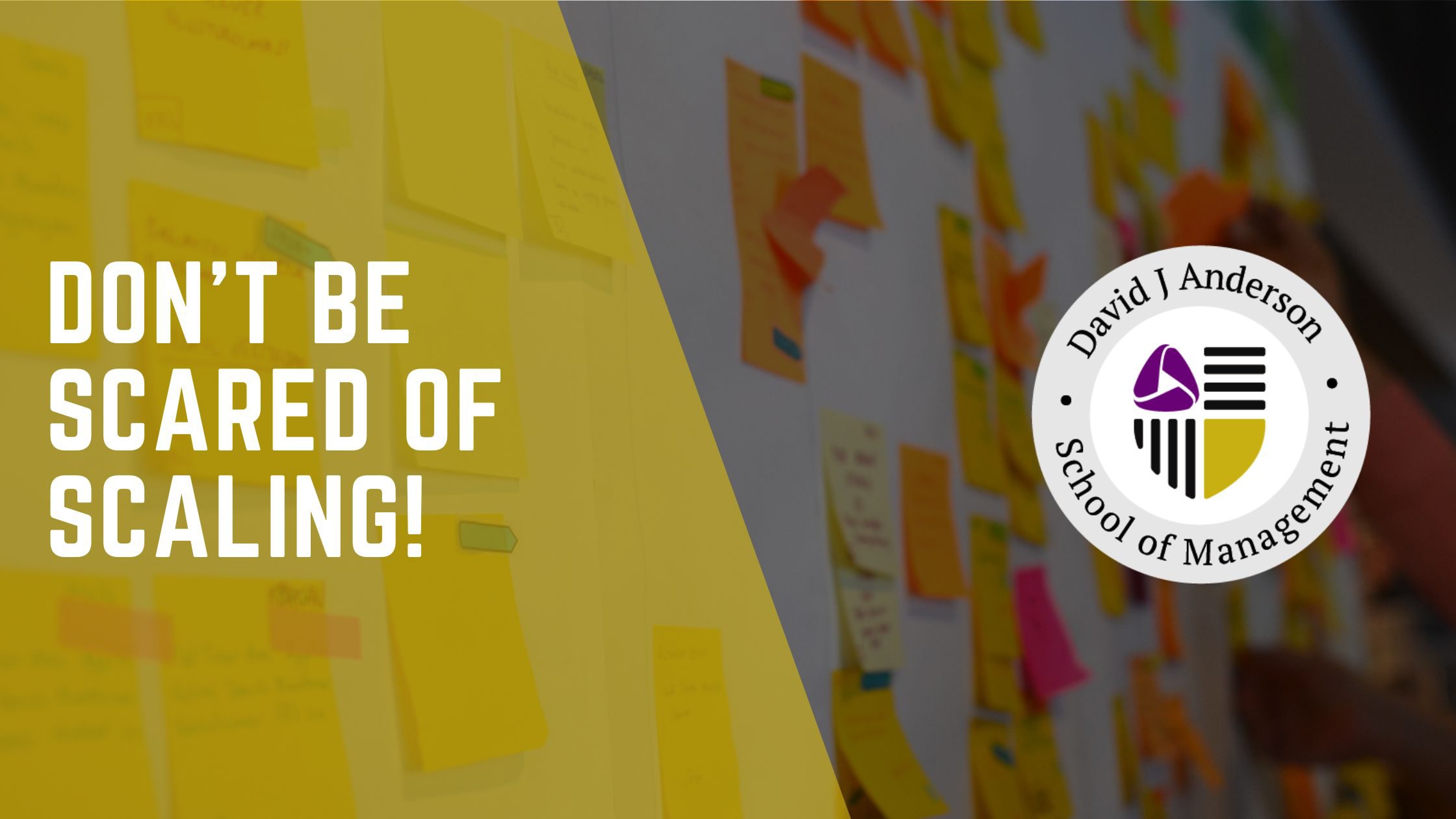Change Management vs. Process Evolution
Managed Evolutionary Change
Change management is the discipline of managing change in organizations. Changes to processes or changes in organizational structure the discipline used to bring some control and governance to these activities is called change management. There is a large body of literature on change management. I have a small stack of books lying in my office on the topic of change management within the software and IT industry.
It doesn’t matter whether the change is to an Agile method, or older methods such as RUP, or via models such as CMMI, or using Lean, Six Sigma or Theory of Constraints, change is sold and managed the same way…
There is an initial assessment or appraisal to document the current processes or organizational structure. There is then some proposed future state envisaged, for example, in Lean, by value-stream mapping, identifying wasteful activities and designing them out. The new future state process is designed and it becomes the target outcome for the transition that is introduced and managed through the change management process.
This is a traditional 20th Century approach to change. It offers the reassurance of a defined outcome, and the outcome is envisaged either using a prescription from a textbook, or by utilizing a model and designing a solution. The issue with this is that it assumes the problem exists in the complicated domain. The assumption is that the problems with the current process can be fully identified using models and a grand design envisaged for a new utopian future. This would work, were it not for the fact that elements of knowledge work and knowledge work environments exist in the complex domain.
It is ironic that the approach to Agile transitions has been a very non- Agile, big design up-front, make and follow a plan, approach. The fact that many Agile transitions are challenged and underperforming (and I’ve been saying this for at least 5 years now) may be that the approach being used is inappropriate to the domain of the problem. What we need is an Agile approach to change – an approach that incorporates feedback loops and evolves as new information emerges.
Evolutionary Change
When writing my first book, I came to realize that Eli Goldratt’s Five Focusing Steps, offered an evolutionary approach to change, where the identification and management of bottlenecks offered both the fitness criteria and the model to guide the evolutionary mutations. I couldn’t have expressed it that way in 2002 – I wrongly used the term “incremental” – but the essence was that small changes were made and the successive changes could not be predicted far in advance – perhaps only the next 2 or 3 steps at best. An entire transition could not be envisaged.
It was frustrating for me to learn that the Theory of Constraints community had largely abandoned the Five Focusing Steps as an approach. Perhaps it didn’t facilitate consulting & managing transitions at clients in the early 1990s? Equally, knowledge of and experience with Five Focusing Steps was not valued as a means for acquiring social status within the tribe, to build status you had to be a practitioner, master or expert in the Thinking Processes. The Thinking Processes is a managed change approach with a defined outcome called the Future Reality Tree (FRT). So my interest in TOC and its community faded about the time that the Agile community was beginning to get into gear and attempt larger scale Agile transitions – managed change transitions to a defined Agile utopian future state. It seemed wrong to me.
I continued the pursuit of an evolutionary approach. It seemed more appropriate and more likely to succeed. As I now know, complex domain problems require an evolutionary approach. In fact, it goes further, organizations operating in a complex space need to develop an evolutionary capability in order to show resilience and robustness in the face of emerging circumstances from their complex environment. Evolutionary capability it seems is essential to thrive in the complex domain of knowledge work.
Evolutionary Capability
The Kanban Method has emerged as my approach to process evolution. Kanban offers firms the capability of evolutionary change.
Similarly, Lean Startup has emerged as Eric Ries’ approach to business model evolution.
With Kanban we use fitness criteria such as “is the work flowing?” “are we serving customer demand adequately?” “are we managing business risk appropriately?” “is there alignment between strategic plans, and go-to-market strategy and the work that is happening on the shop floor?” as the fitness criteria for evaluating our current process and determining how we might guide mutations to produce a fitter evolution of our process.
With Lean Startup the fitness criteria are more directly market-related such as “are people buying what we thought they would buy?” “are they using our product or service as we intended?” “are the customers the ones we expected or is there an unexpected takeup from a group we didn’t predict?” and so on. The concept of validating business assumptions, in Lean Startup, is the process of applying a fitness criteria in an evolutionary sense.
Conclusions
The Kanban Method and Lean Startup are modern 21st Century approaches that offer an evolutionary approach to solving problems in the complex domain. Managed change with its defined target solutions and transition plans is a 20th Century approach best suited to complicated domain problems. It is little wonder then that its effectiveness is limited and results are lackluster.
The Kanban Method is the Agile approach to process change. Agile transitions are anything but Agile!
PS:
The final chapter of Lessons in Agile Management is dedicated to Transition and I will feature an early blog post railing against the managed change initiative on this blog when it comes time to highlight chapter 16.




